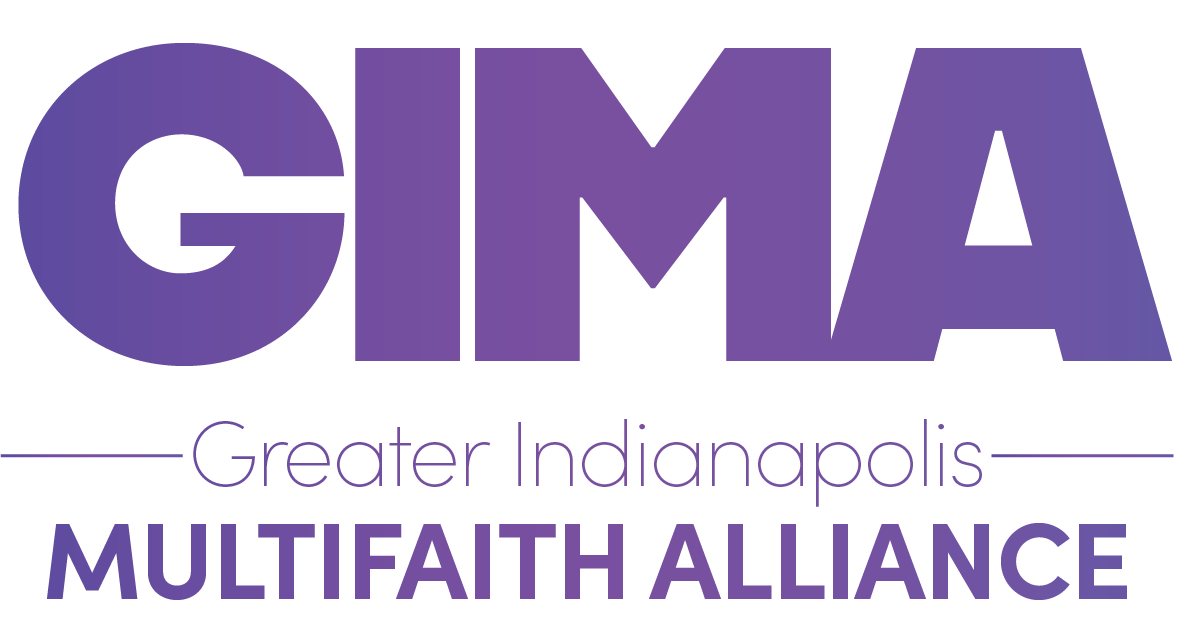The State of the Nation’s Housing
Joint Center for Housing Studies of Harvard University
Harvard Graduate School of Design | Harvard Kennedy School
See the full report here
Data! There’s a lot of it in this report and it’s important. And if you read nothing else, the opening statement gives context for the state of the nation’s housing.
Housing markets continue to cool even as homeowners and renters face higher costs. On the for-sale side, home sales and construction levels are declining, as is the pace of home price appreciation, while rental markets are experiencing sharply reduced rent growth and rising vacancy rates. Nevertheless, home prices and rents remain elevated from pre-pandemic levels. Millions of households are now priced out of homeownership, grappling with housing cost burdens, or lacking shelter altogether, including a disproportionate share of people of color, increasing the need for policies to address the national housing shortfall at the root of the affordability crisis. Likewise, there is growing urgency for public and private investment to address longstanding disinvestment in underserved communities of color, adapt the housing stock to increasing risks of climate change, and expand options for older adults to age safely in their communities.
For renters, the outlook is bleak. “Rising housing costs, coupled with pandemic-era income losses, produced the most significant drop in housing affordability in years, as seen in the most recent Census data. Between 2019 and 2021, the number of cost-burdened renters—defined as those spending more than 30 percent of their income on housing—increased by 1.2 million to a record 21.6 million households (figure 4).”
Among those who are rent cost-burdened, “11.6 million were severely cost burdened, spending more than 50 percent of their income on housing. Although the share of renter households with cost burdens had been steadily declining in the past decade, the trend reversed during the pandemic. Between 2019 and 2021, the share of cost-burdened renters grew by2.6 percentage points to 49 percent of renter house-holds, approaching the 51 percent peak posted in 2011 in the wake of the Great Recession.” Imagine spending 50% of your income on rent. One minor issue - a flat tire, a sick child, a day care hiccup, can spiral into evictions.
There’s so much more in this report, including the rise in unsheltered homelessness, the worsening consequences of racially-segregation and housing, rent cost spikes, etc. Read it!

